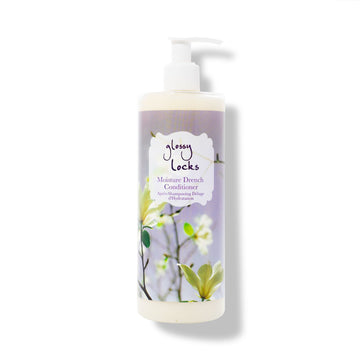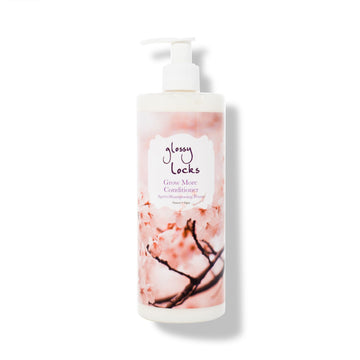Major causes of dry, brittle hair – plus tips for finding the best shampoo for dry hair!
Written by: 100% PURE®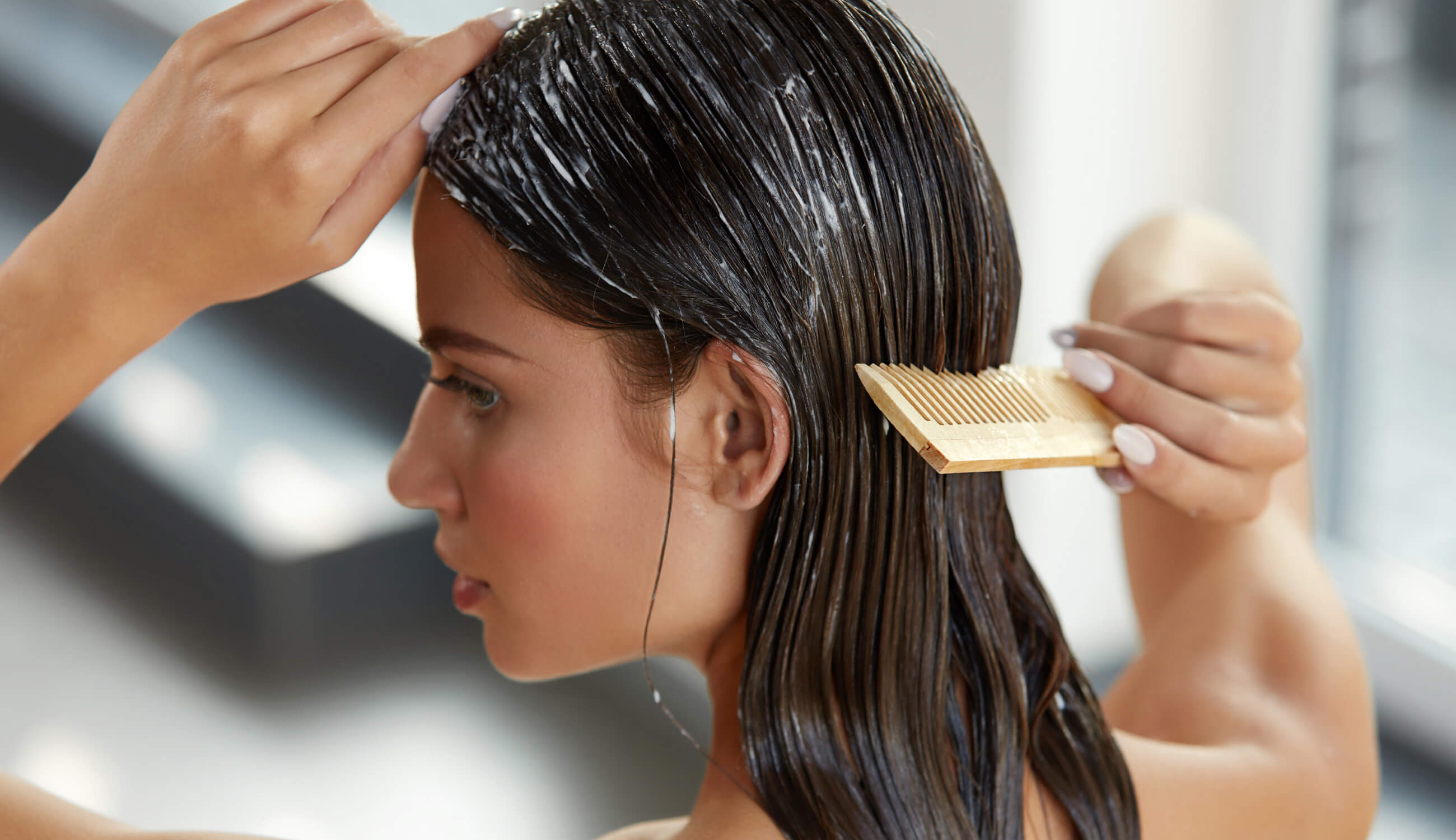
If we’re being honest, our hair has seen better days. Most of us have been focusing on self-care as of late, and while our mental health and emotional wellbeing have taken the spotlight – rightly so – hair maintenance has patiently taken a backseat.
Fortunately, beauty is fluid and hair can be repaired. We’ll tell you how to restore lost moisture to hair, by avoiding daily mistakes and beginning a foolproof routine!
We shudder to think about how many hair care crimes we’re guilty of – but beating yourself up won’t repair dry hair. Instead, focus on avoiding moisture-sapping habits that can leave your hair worse for wear. Check out the top offenders below!
Environmental Exposure
Thank goodness we’re not totally to blame – super-hot and very dry climates will suck moisture straight out of hair. Excessive heat can result in hair frizz, split ends, and breakage. When visiting hot or dry climates, amp up your conditioner treatments. Using the best conditioner for dry hair types is your first homework assignment!
Hair-Healthy Fix:
A cute hat is another summer-friendly way to protect hair from damage. The sun is another environmental cause or dry hair, so the more you keep hair covered the more insulated (and safe) your strands will be. Opt for a bucket hair or ball cap – straw hats can snag errant strands and lead to unnecessary breakage.
PRO TIP: Wearing a hat can also help your salon hair color last longer.
Damaged Hair Cuticle
The cuticle of our hair acts like a clear topcoat for our nail polish: it seals in color, vibrancy, and nourishment. When our hair cuticle is damaged, all the nutrients slip out – resulting in hair that looks dull and feels rough to the touch.
Hair-Healthy Fix:
Repair a damaged cuticle with a hot oil treatment once every 7-10 days, or deep condition once a week. Concentrate your application from the mid-shaft to the ends for the best results.
Hot Tools
How does the cuticle of our hair get damaged? Oftentimes it’s hot tools that bend, twist, and snap our hair into unnatural shapes. Repetitive use of hot tools can result in hair thinning, hair loss, and limp, lifeless hair that doesn’t feel healthy to the touch.
Hair-Healthy Fix:
Try overnight styles like braids for beachy waves or rollers for soft curls, and use these techniques to extend the wear of a heat style for less heat exposure over time.
Excess Washing
Even the best shampoo for dry hair in the world can’t save hair that is over-washed. Imagine washing our hands over and over again (shouldn’t be too hard): every additional wash causes increased dryness, irritation, and roughness. There’s no magic crystal ball that can tell us just how often to wash our hair, but one thing’s for certain – it shouldn’t be every day.
Hair-Healthy Fix:
If your hair is feeling dry, try to extend the length between washes with the help of a dry shampoo. Increased brushing can also help, for better distribution of scalp-to-strand oil distribution. Reducing wash frequency, and using cool water, is a great low-effort way to battle stubborn hair dryness.
Dehydrated Scalp
Despite how often we complain about our hair being greasy, our hair doesn’t actually generate grease. It’s our scalp that translates the “help me, I’m dry” signal, sent from our ends. The result is oil at the scalp travelling down the hair shaft, in hopes of hydrating our strands. Certain scalp conditions like dandruff, eczema, or allergies can all exacerbate an already dry scalp.
Hair-Healthy Fix:
It is important we keep our scalps clean, exfoliated, and properly nourished to ensure you have the proper balance of lipids moving through your hair. The scalp is basically your hair health control center, so starting your maintenance there is key.
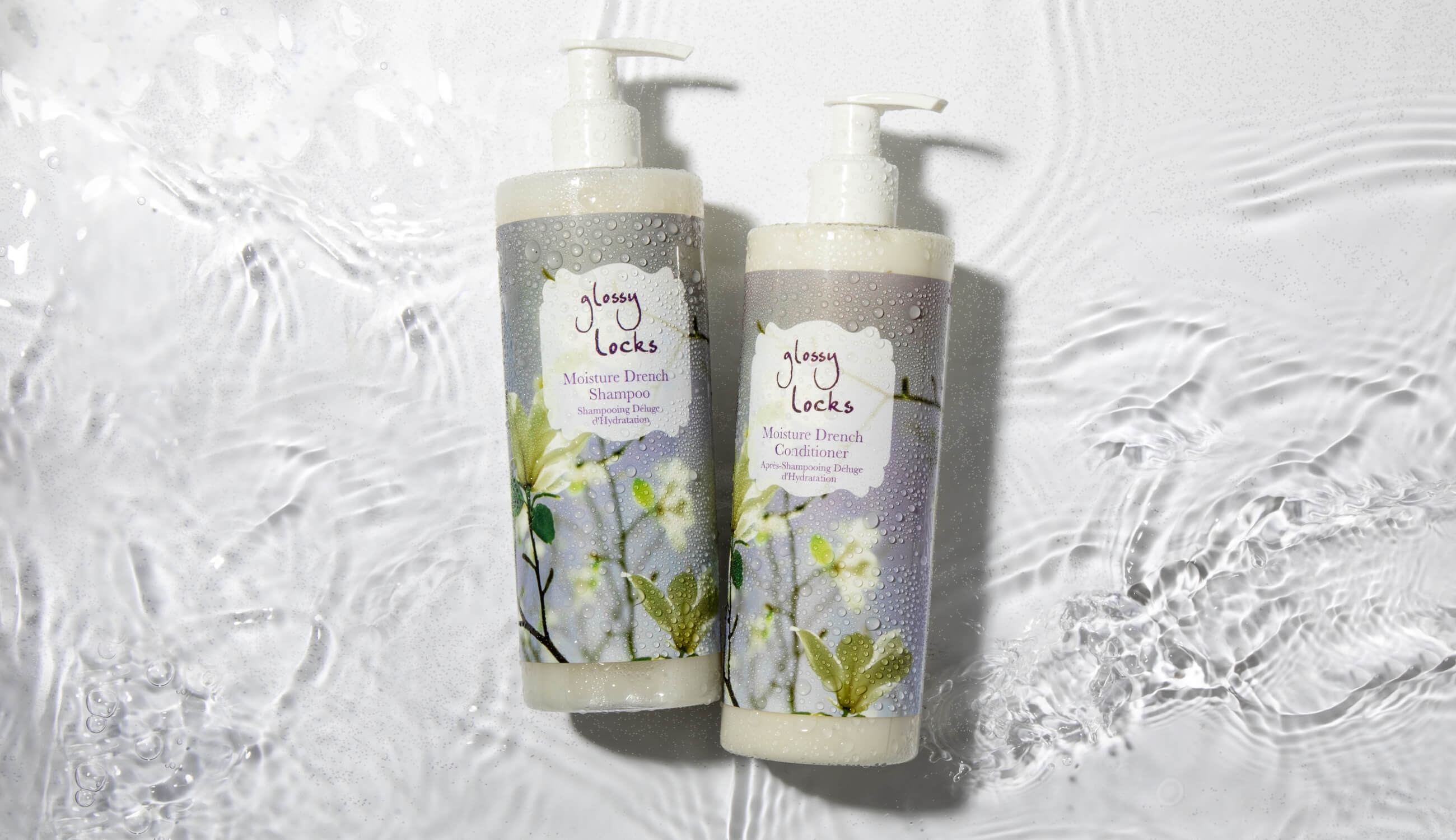
Hair is incredibly resilient, having lately survived quarantine bangs and bad box dye jobs. But unless you’re supplementing with an anti-damage strategy, hair could have rough days ahead. When it comes to hair restoration, these are your best options.
Use a Shampoo Made Specifically for Dry Hair
The best thing we can do for our hair is to establish a healthy wash routine suited for dry hair and dry scalps. Our Moisture Drench Shampoo features seaweed collagen to plump and fortify strands, in order to better retain moisture while boosting elasticity and reducing breakage. Rose hydrosol features as an anti-inflammatory treatment for dry, itchy scalps, to soothe and restore healthy pH balance.
Use a Daily Conditioner for Dry Hair
The secret to finding the best conditioner for dry hair is checking out what’s built into the formula. Enriching oils like argan or coconut can deliver vitamin E right where we need it: to dry, brittle strands. Antioxidant power in vitamin E can help to reduce oxidative stress, which is one major cause of follicle degradation and breakage.
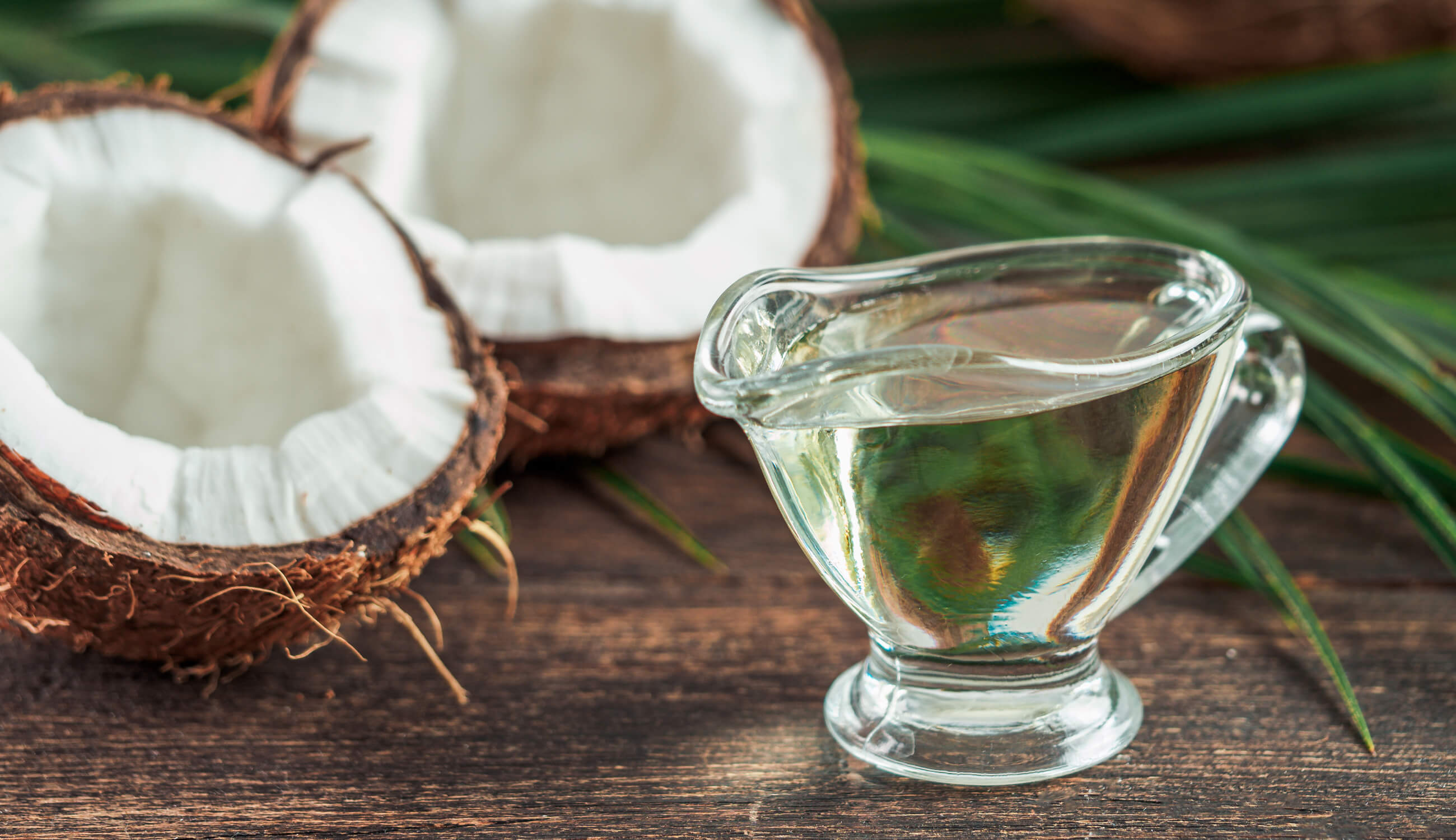
Oils & Butters
Not all oils are made equal when it comes to restoring the health of our hair. In this case, our favorites for making the biggest, fastest impact are argan oil and coconut oil.
Since coconut oil behaves similarly to our own native oils, it doesn’t leave the scalp feeling greasy when used in the appropriate proportions. Coconut oil also discourages dry scalp conditions like dandruff, and can even help protect hair from heat damage.

Argan oil is chock full of vitamin E, which helps our hair rebuild and reduce damage. This oil is ultra lightweight, meaning it won’t weigh down even the finest hair. This oil also features antioxidants that can help to promote hair growth.
Newsletter Subscribe
for more blog updates and exclusive discounts
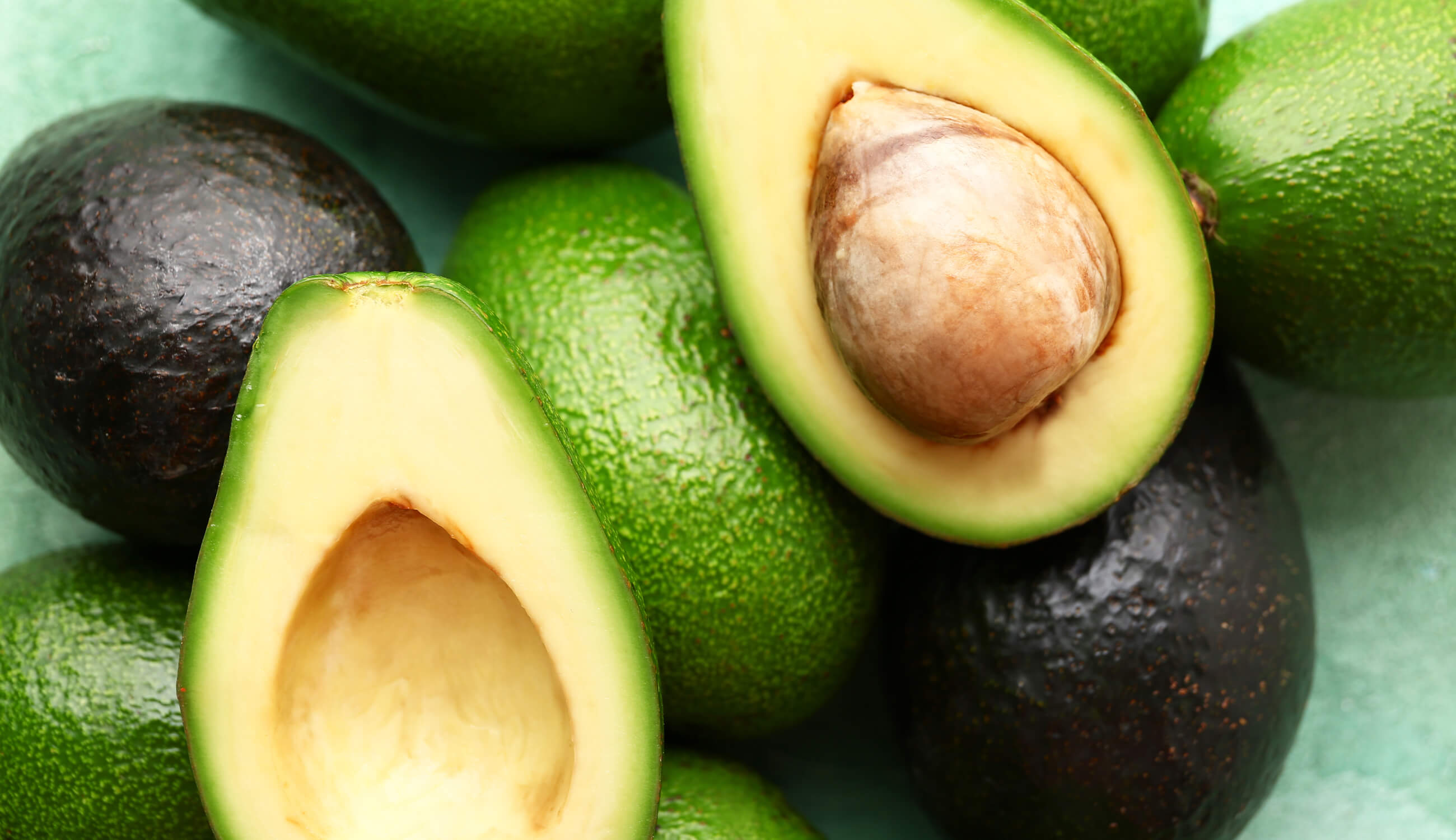
For those of us that need to replenish our hair cuticle, avocado butter is one of the best options. Vitamin E, proteins, fatty acids and amino acids fortify the hair for stronger strands. Avocado is a great ingredient for coating dry hair that has undergone serious damage, as it creates a deeply nourishing occlusive barrier around the shaft.
Hair Supplements
Most of us are familiar with hair supplements. While these are usually aggressively advertised on social media, they’re not ALL hype. Treating our hair to both internal and topical support creates major results in the restoration game. While long-term results do depend on consistency, hair supplements can make a huge impact in rebuilding the health of our hair.
These types of supportive ingredients can also be found on your shampoo bottle; examples may be labeled as biotin or seaweed collagen.
Seaweed comes with built-in fatty acids that restore lost moisture, and help to treat our scalp for increased and enriched hair growth. In the case of biotin, our body naturally produces this to care for our hair – however, external elements such as stress or the environment can result in hair needing a little biotin support.
Another source for supplementing hair growth is horsetail extract. Because this plant is a natural source of fortifying silica, this extract helps to restore and maintain tensile strength. This ingredient can also stimulate scalp circulation to support longer, fuller hair growth – key for repairing dry hair prone to breakage.
What are the primary causes of dry hair and how can it be prevented?
Causes:
- Environmental factors: Prolonged exposure to sun, wind, and dry climates can reduce hair's moisture content.
- Excessive washing: Washing hair too frequently strips it of its natural oils.
- Harsh hair products: Chemical treatments, dyes, and some shampoos can lead to dryness.
- Heat styling: Regular use of blow dryers, flat irons, and curling wands can sap hair moisture.
- Health issues: Conditions like hypothyroidism or hormonal imbalances can cause dry hair.
Prevention:
- Limit exposure to harsh environmental conditions.
- Wash hair less frequently and use milder shampoos.
- Use heat protectant products before styling.
- Limit the use of chemical treatments.
- Maintain a healthy diet with ample Omega-3 fatty acids, vitamin E, and biotin.
How does the use of heat styling tools impact the moisture level of hair?
Heat styling tools, like flat irons, blow dryers, and curling wands, operate at high temperatures which can strip hair of its natural moisture. Over time, this leads to dehydration of the hair shaft, making hair more susceptible to breakage, split ends, and dryness. Using these tools without protection or too frequently can significantly reduce the hair's moisture content.
Can frequent washing contribute to hair dryness?
Yes, frequent washing can contribute to hair dryness. Each time you wash, you're potentially stripping the hair of its natural oils which act as a barrier to keep moisture locked in. Overwashing, especially with harsh shampoos or hot water, can exacerbate this dryness.
What are the best natural oils to combat dry hair and improve shine?
Several natural oils can help combat dryness and impart a healthy shine:
- Coconut oil: Penetrates hair shafts and prevents protein loss.
- Olive oil: Provides deep conditioning and improves hair strength.
- Argan oil: Rich in Vitamin E and fatty acids, it hydrates hair and enhances shine.
- Jojoba oil: Closely resembles the hair's natural oil, making it an excellent moisturizer.
- Avocado oil: Loaded with proteins, amino acids, and vitamins, it helps rejuvenate and moisturize the scalp.
How do I distinguish between dry hair and damaged hair, and do they require different treatments?
- Characteristics: Feels rough, looks dull, prone to tangling, and might have dandruff or an itchy scalp.
- Treatment: Requires regular hydration using moisturizing shampoos, conditioners, and periodic deep conditioning treatments. Oils and leave-in conditioners can also help lock in moisture.
Damaged Hair:
- Characteristics: Brittle texture, split ends, breakage, and might be a result of chemical treatments or excessive heat styling.
- Treatment: Requires protein treatments or bond-building treatments to rebuild hair structure. It's also important to limit the causes of damage (like heat styling or chemical treatments). In severe cases, trimming the damaged portions might be the best option.
While both conditions might overlap, it's crucial to understand the root cause to address the problem effectively.
- Tags: Bath, Bath Body Hair, Body, Hair, September-2023
We carefully hand-select products based on strict purity standards, and only recommend products we feel meet this criteria. 100% PURE™ may earn a small commission for products purchased through affiliate links.
The information in this article is for educational use, and not intended to substitute professional medical advice, diagnosis, or treatment and should not be used as such.









